Frequently Asked Questions
1. What are EDC knives?
2. What are the main parts of a pocket knife?
3. Why is it important to cut away from your body?
4. How should I maintain my pocket knife?
5. What common mistakes should I avoid when using a pocket knife?
In today’s world, EDC knives (Every Day Carry knives) have become an essential tool for many individuals. Whether you’re using them for everyday tasks, outdoor adventures, or emergencies, understanding how to handle a pocket knife safely is crucial. This article will guide you through the best practices, techniques, and safety tips for using pocket knives effectively and confidently.
Understanding Your Pocket Knife
Before diving into safe handling, it’s important to understand what a pocket knife is. These versatile tools can vary widely in size, blade type, and features. Most EDC knives are designed to withstand daily wear while providing practical solutions to various tasks. Familiarizing yourself with the components of your knife can significantly enhance your usage experience.
Parts of a Pocket Knife
- Blade: The sharp part that performs cutting tasks.
- Handle: The part of the knife you grip, often ergonomically designed for comfort.
- Locking Mechanism: Ensures the blade remains open or closed as needed.
- Pivot Point: The point where the blade rotates to open and close.
Importance of Safety When Handling a Pocket Knife
Using EDC knives can come with risks if not handled properly. Injuries can occur from slips, poor grip, or mismanagement of the blade. Safety must always come first to ensure a productive and risk-free experience. Here are some essential safety tips to keep in mind.
Always Cut Away From Your Body
One fundamental rule of knife safety is to always cut away from your body. This simple guideline can prevent serious injuries in case of slips or loss of control, allowing the knife to fall away from you rather than towards you.
Keep Your Blade Sharp
A dull knife can be more dangerous than a sharp one. When a blade is dull, it requires more force to cut through materials. This force can lead to loss of control and therefore injuries. Regularly maintain your EDC knives by using a sharpening stone or honing tool to keep the blade in peak condition.
Proper Grip Techniques
How you hold your knife plays a significant role in safety and performance. Using the correct grip technique will enhance your control over the knife, making it safer and more efficient.
Types of Grips
- Pinch Grip: This grip involves pinching the blade between your thumb and forefinger, providing maximum control for detailed tasks.
- Full Grip: Grabbing the handle fully provides power for cutting through tougher materials.
- Reverse Grip: This grip allows for more precision when cutting or performing finer tasks.
Maintaining Firm Control
Regardless of the grip you choose, always maintain a firm grasp of the handle. Make sure your fingers are away from the blade’s path during cutting to prevent accidents.
Common Mistakes to Avoid
Even experienced users can make mistakes. By being aware of common pitfalls, you can enhance your safety and knife skills.
Using the Knife for Unintended Purposes
It can be tempting to use your EDC knives for tasks they aren’t designed for, such as prying open objects or using them as a screwdriver. This can damage the blade and lead to accidents. Always use your knife for its intended purposes, and invest in other tools for different tasks.
Neutral Zone Understanding
Always be conscious of your surroundings. The “neutral zone” is the area around where you are cutting. Ensure that no one is standing too close or that there are no obstacles that could potentially cause accidents.
When to Use Your Pocket Knife
Understanding when to reach for your pocket knife is key to its proper usage. Here are a few scenarios where having EDC knives on hand can be beneficial:
- Food Preparation: Cutting fruits, veggies, or opening food packages.
- Outdoor Tasks: Creating kindling, cutting ropes, or opening cans.
- Home Repairs: Quickly slicing through materials such as tape, cardboard, or more.
How to Maintain Your Pocket Knife
Proper maintenance is essential for the longevity of EDC knives. Regular upkeep not only enhances performance but also prevents accidents that can occur from neglect.
Cleaning Your Knife
After use, it’s important to clean your pocket knife to prevent rust and damage. Here are basic steps to follow:
- Wipe the blade with a clean cloth to remove dirt and debris.
- Use warm soapy water to clean and then dry thoroughly.
- Apply a few drops of oil to the pivot point to ensure smooth opening and closing.
Storing Your Knife Properly
How you store your EDC knives matters. Store in a cool, dry place out of reach of children. Consider using a sheath or protective case to keep the blade shielded from unintentional damage and to protect others from potential cuts.
Educational Resources and Further Learning
Knowledge is power, especially when it comes to safe knife handling. Below are a few educational resources that can help you deepen your understanding and skills:
- Knife handling workshops in your local area.
- Online classes focusing on survival skills and knife handling.
- Books and guides on outdoor living and tools.
The Importance of Ongoing Education
As with any skill, ongoing education is essential. Stay updated on the latest safety practices and techniques to ensure you are using your EDC knives safely and effectively.
A Broader Perspective on Knife Safety
While understanding how to use a pocket knife is a vital skill, it is equally important to consider its broader implications. Knives are not only tools; they also play a role in cultural history, art, and community. Respecting the legacy of these tools encourages responsible ownership.
Respecting Cultural Heritage
Knives have been integral in various cultures, often symbolizing craftsmanship and artistry. Recognizing this history can impart a sense of responsibility and respect toward your pocket knife.
Understanding Legal Regulations
Before carrying your knife in public or using it at home, ensure you understand your local regulations surrounding knife ownership. This knowledge can prevent legal issues and promotes responsible ownership within the community.
Unlocking the Full Potential of Your Pocket Knife
Now that you have a comprehensive guide on how to handle a pocket knife safely, you can fully enjoy the benefits of owning EDC knives. Always prioritize safety, be knowledgeable about your tool, and maintain regular upkeep to maximize its utility.
As you build your skills, remember that your pocket knife is not just a tool; it’s an extension of yourself. Treat it with respect, practice regularly, and you’ll find that it can become an indispensable part of your daily life. Get ready to embrace the adventure and creativity that comes with responsibly using your pocket knife! Happy cutting!


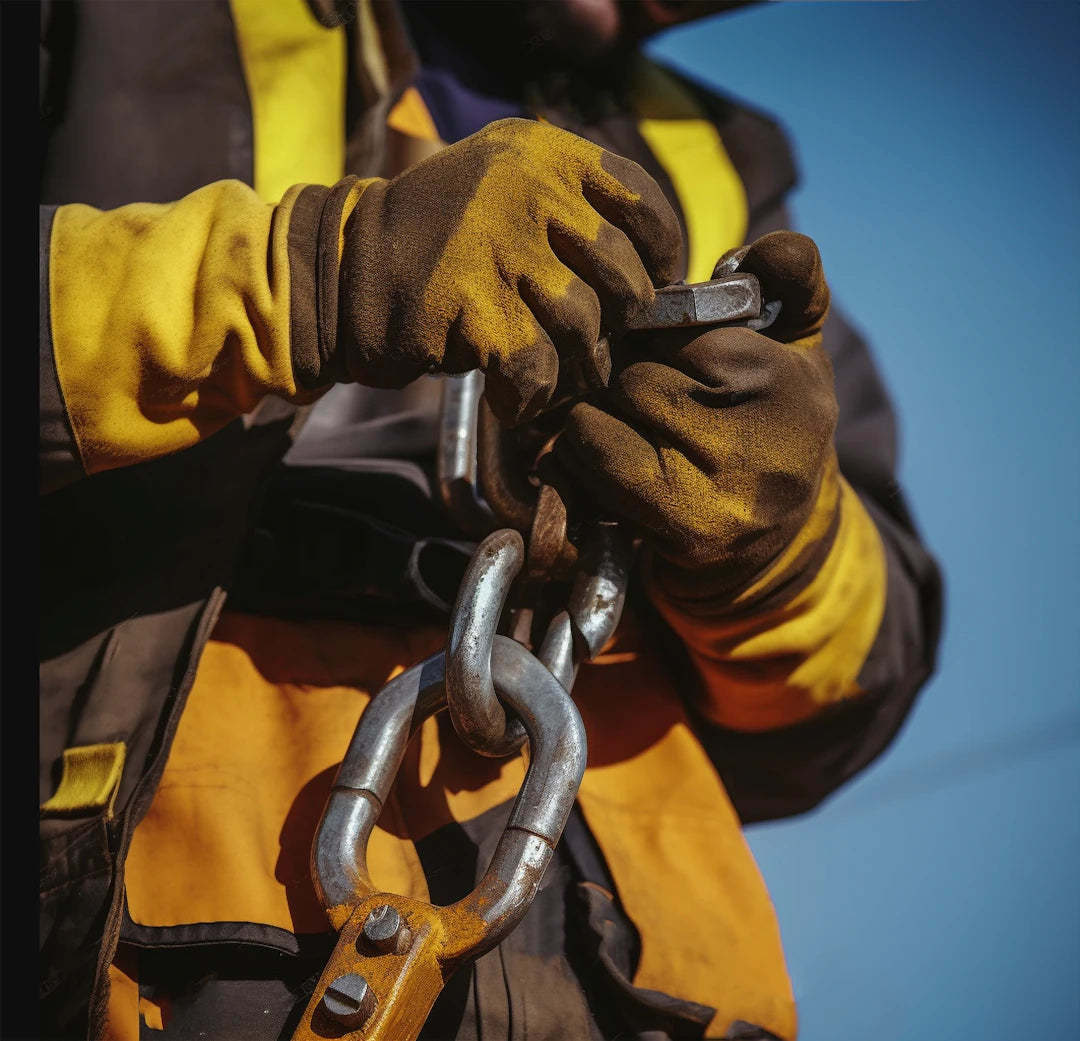
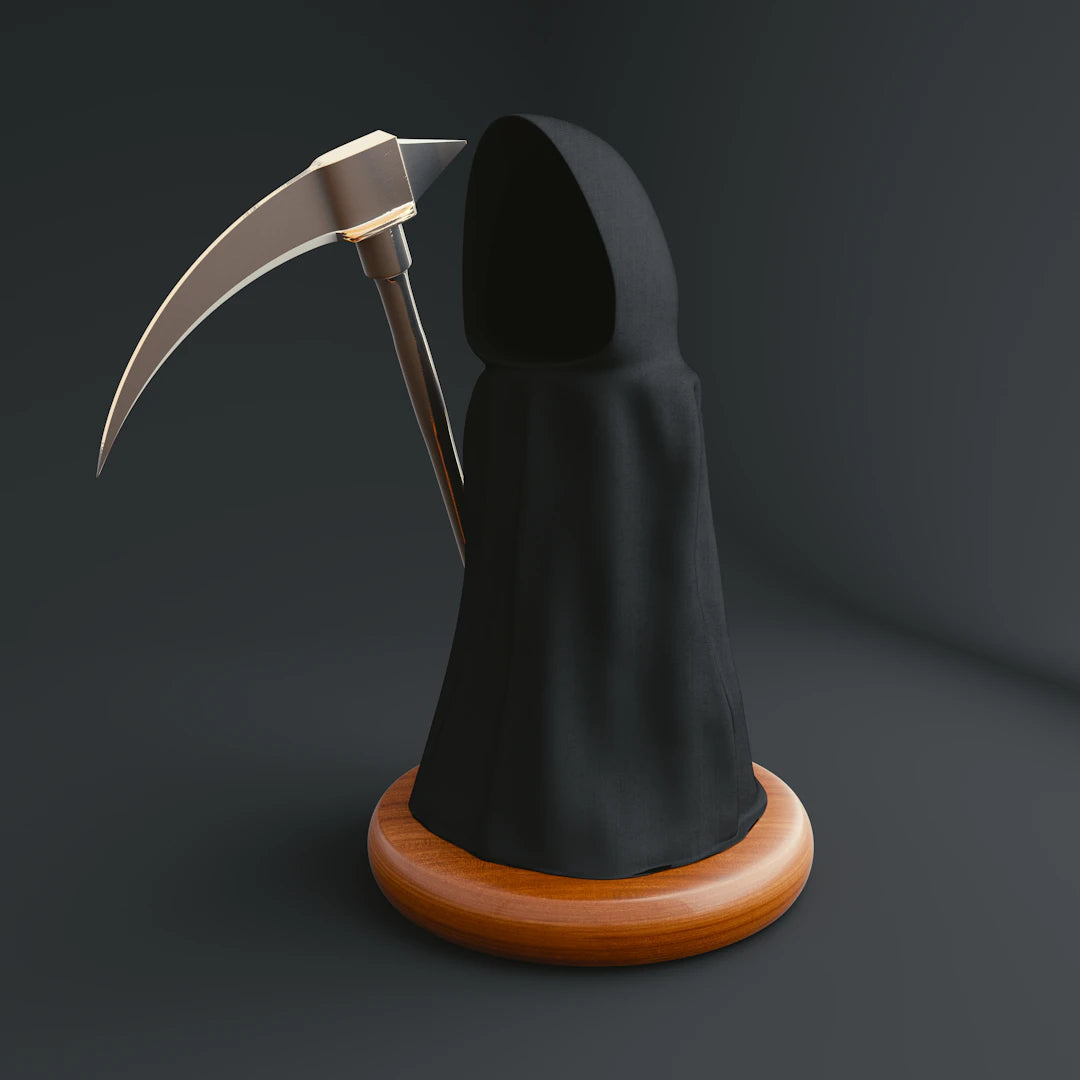
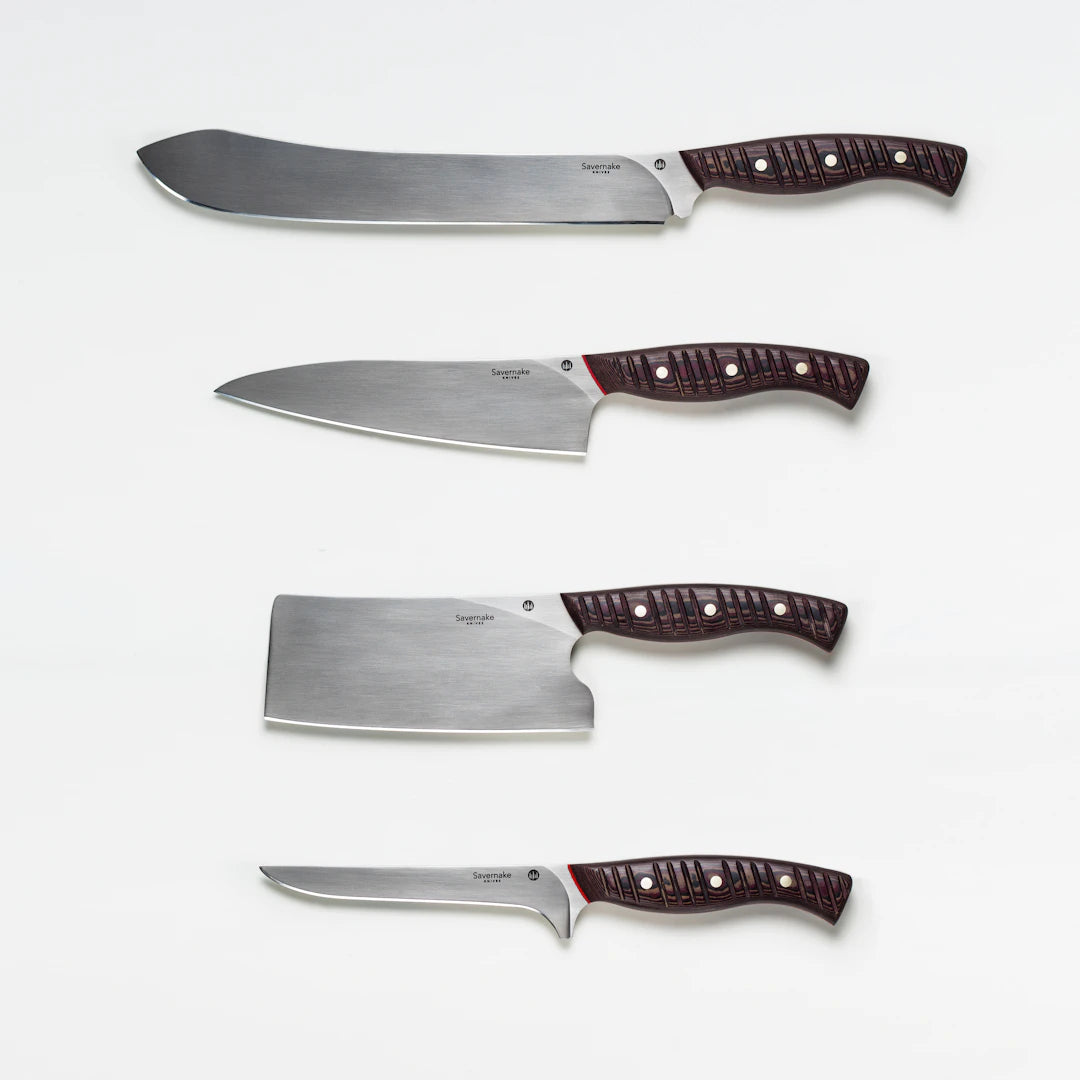
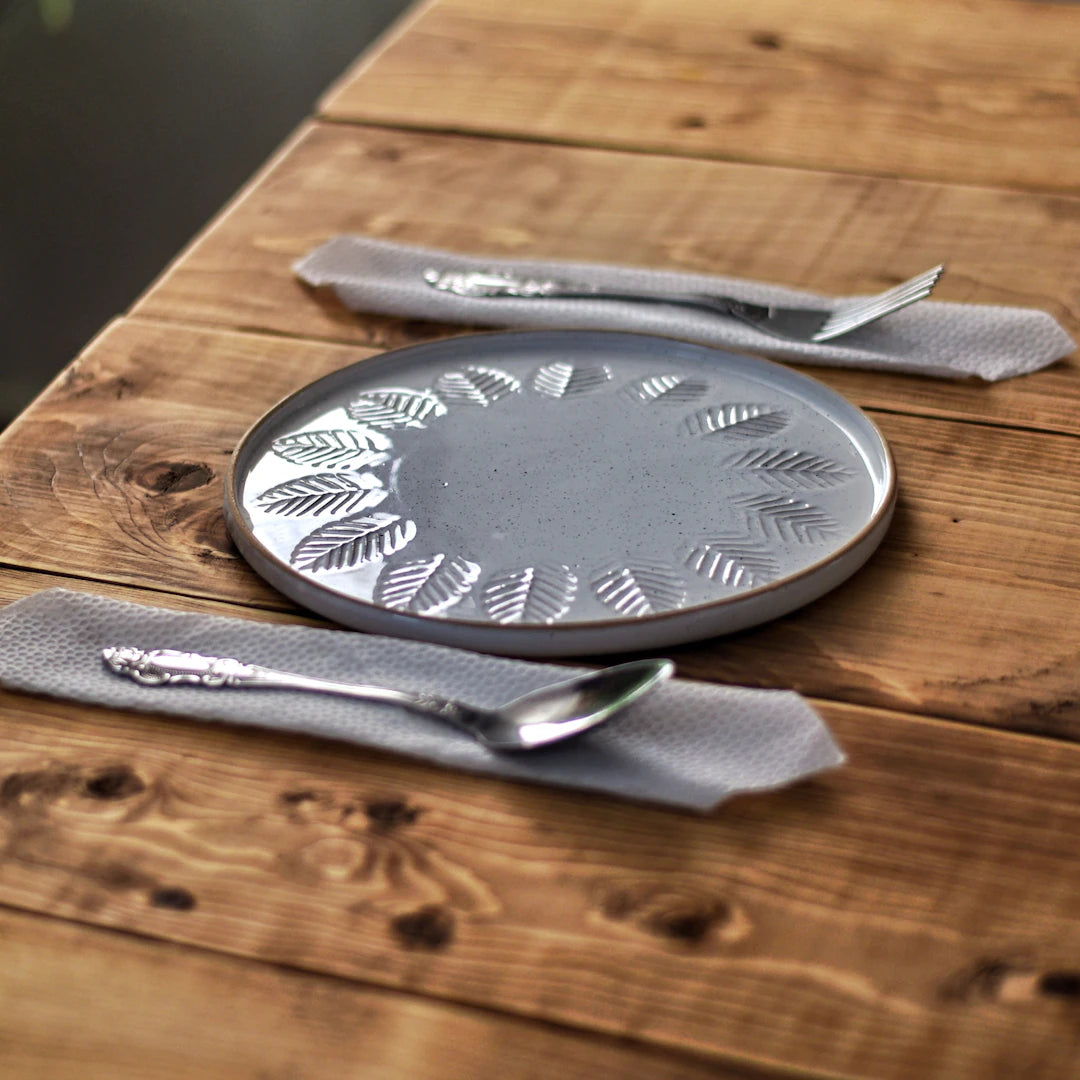

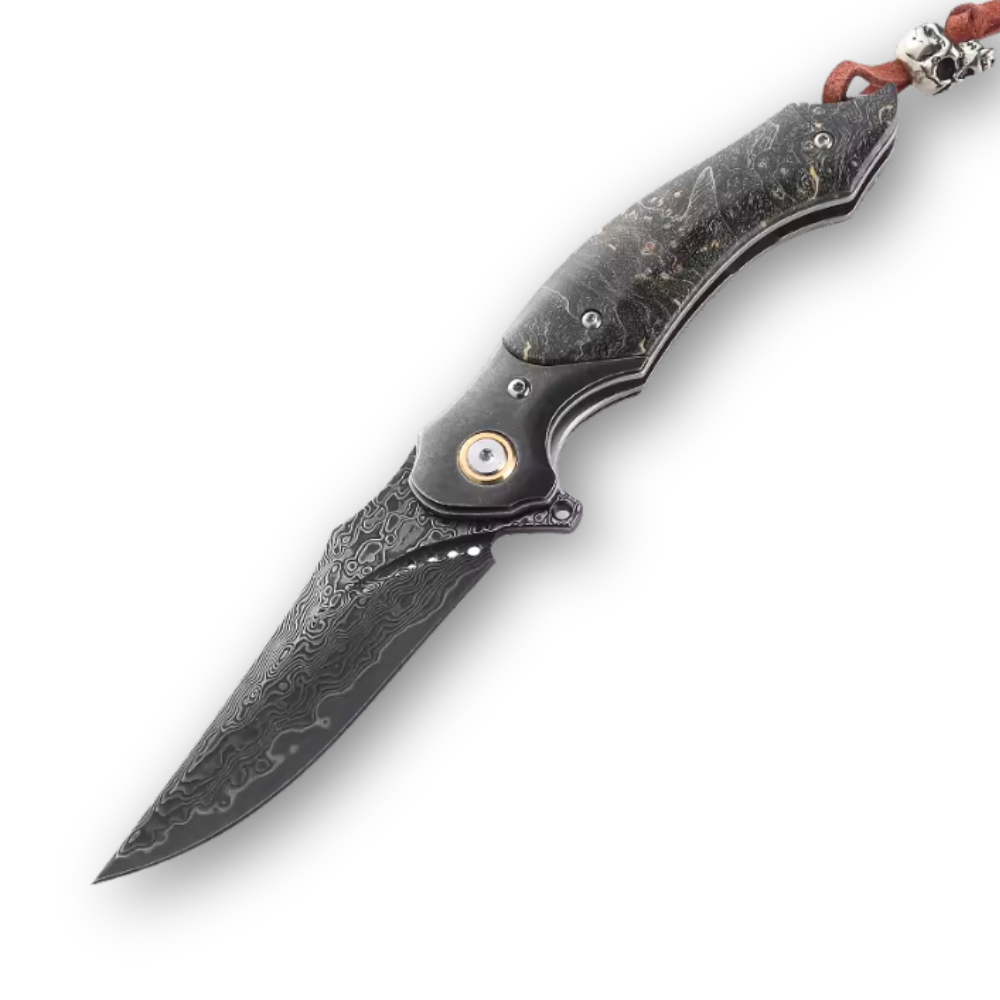
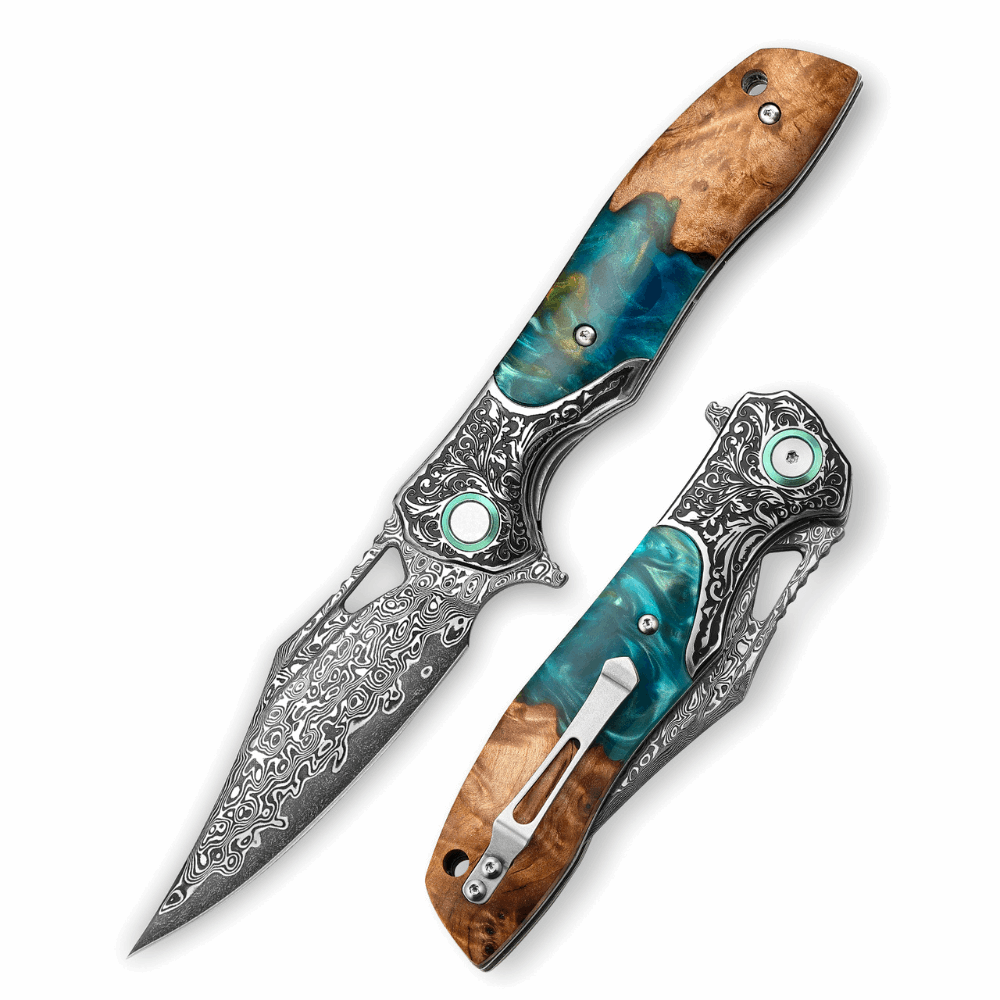
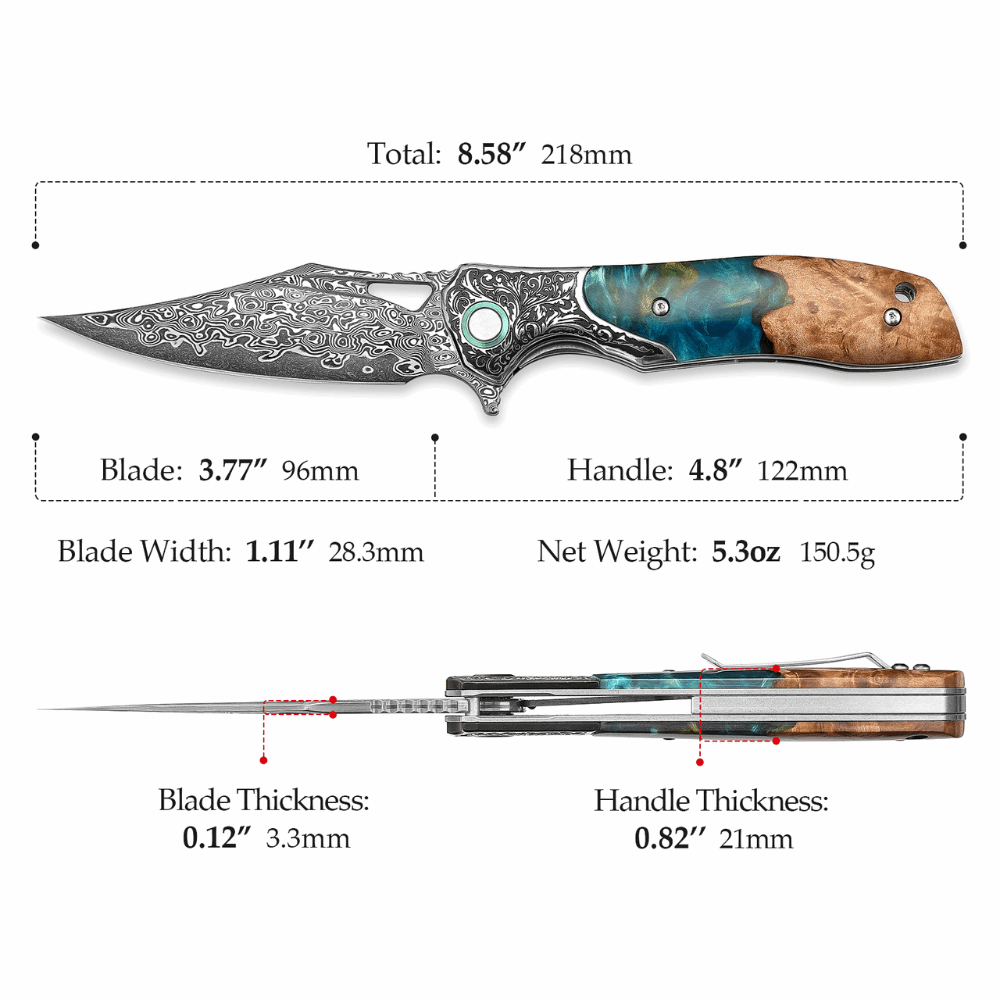
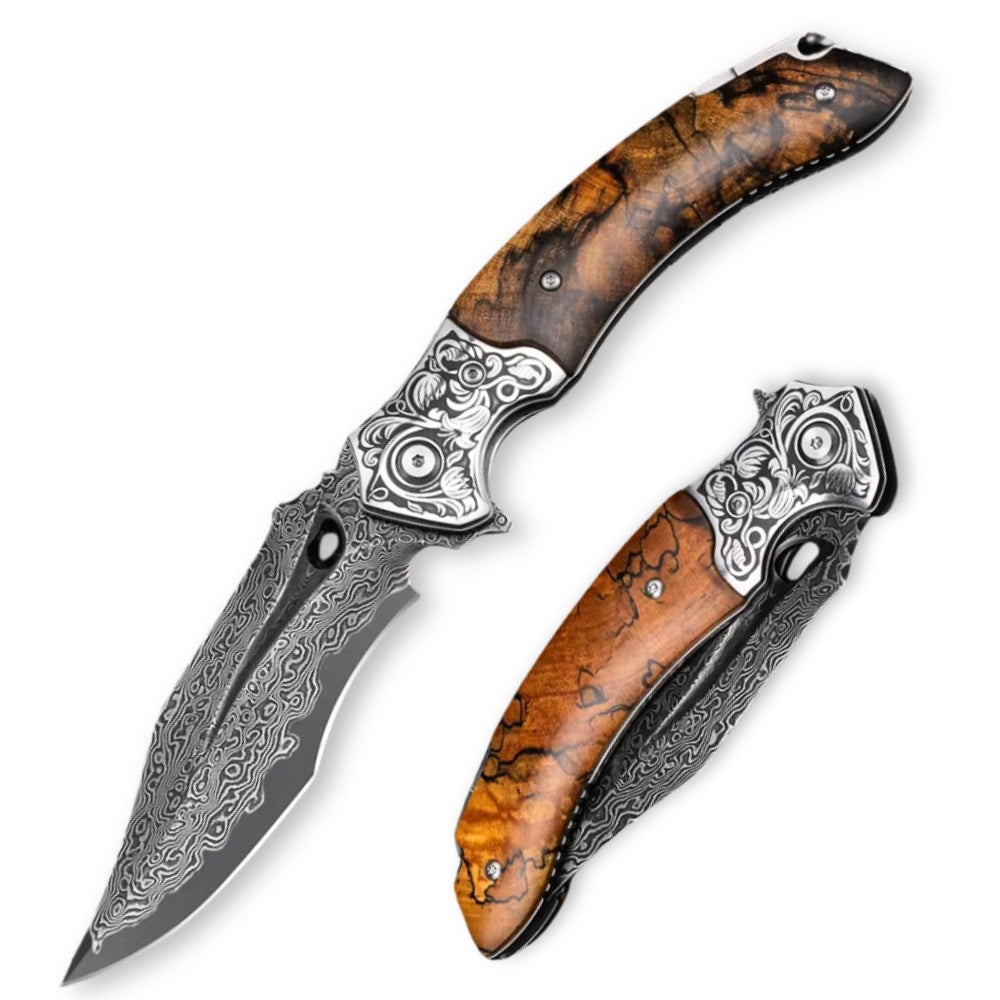
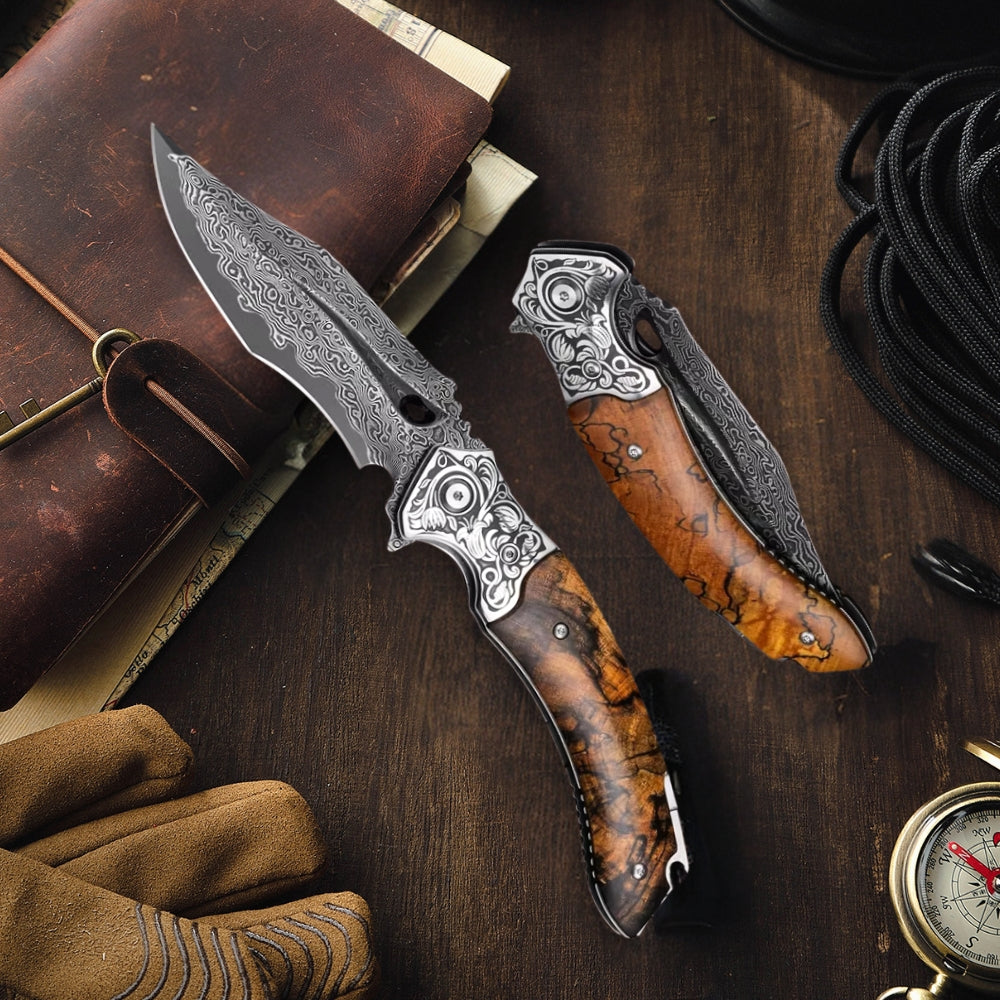
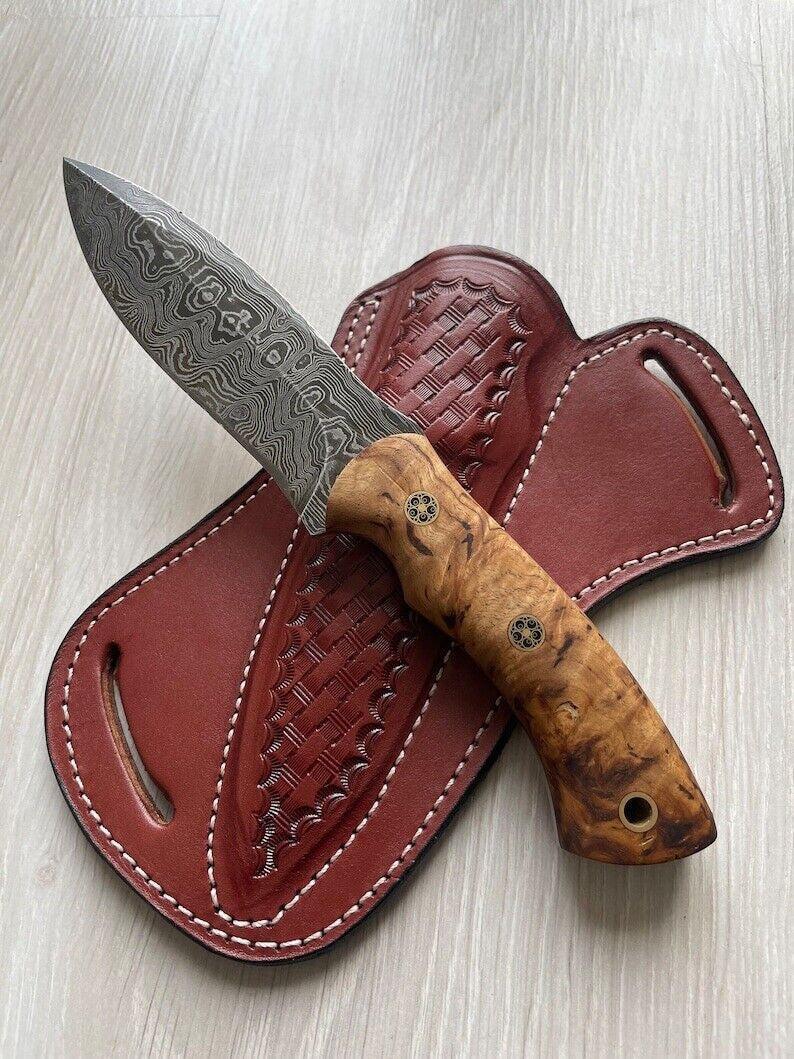
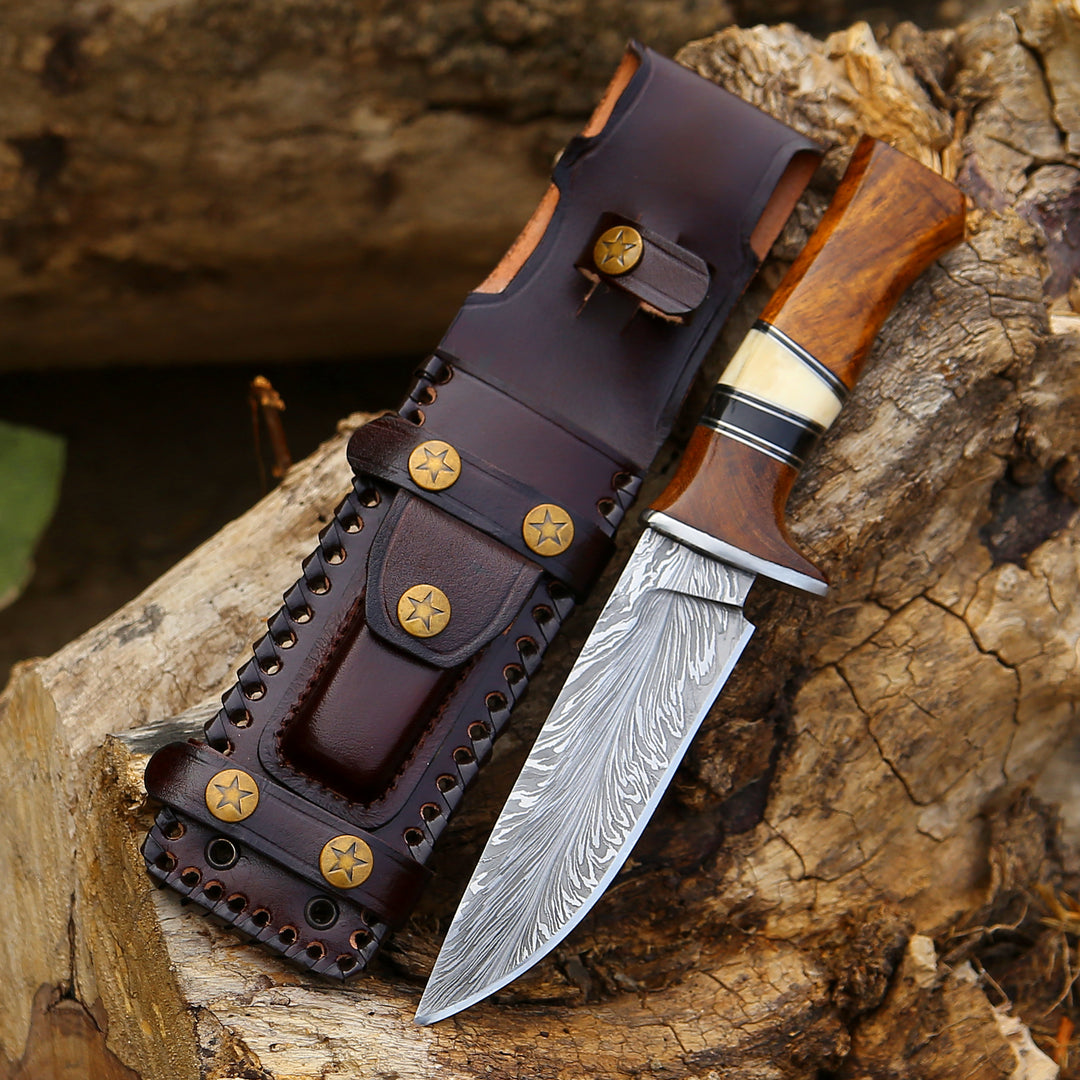
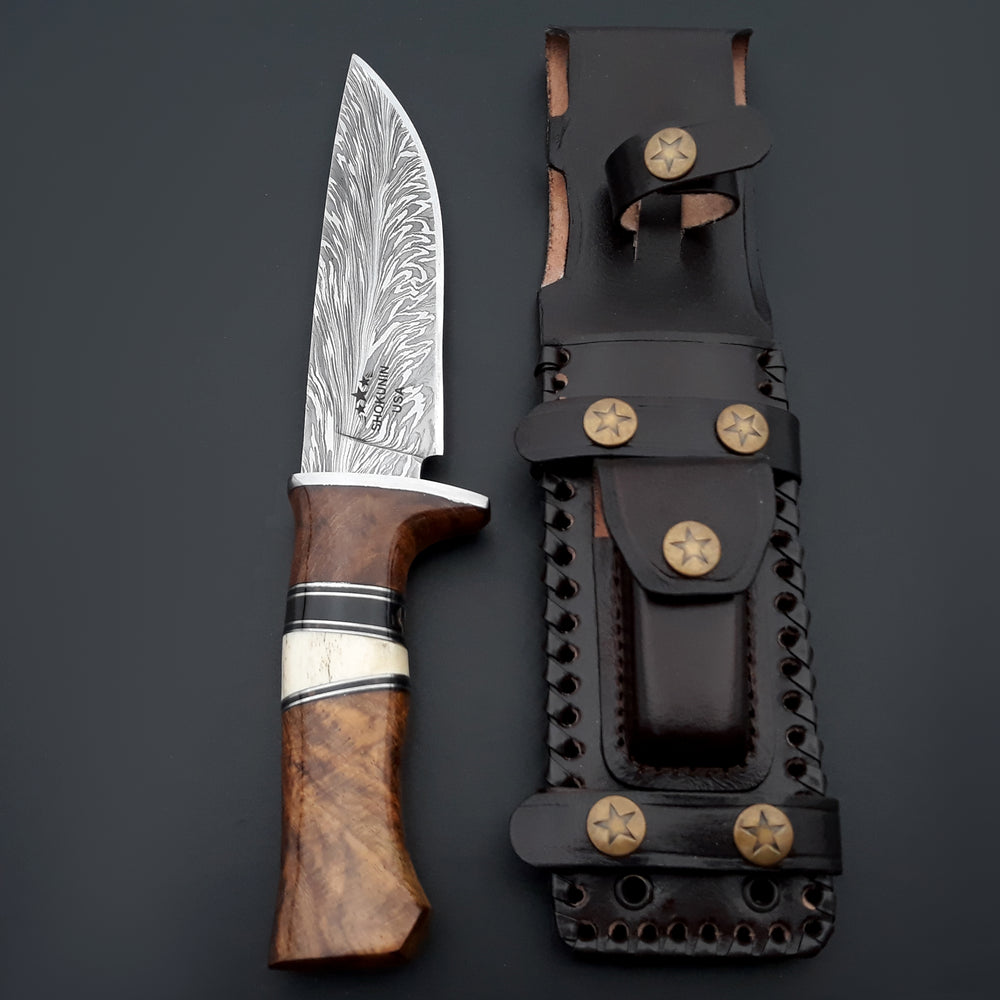
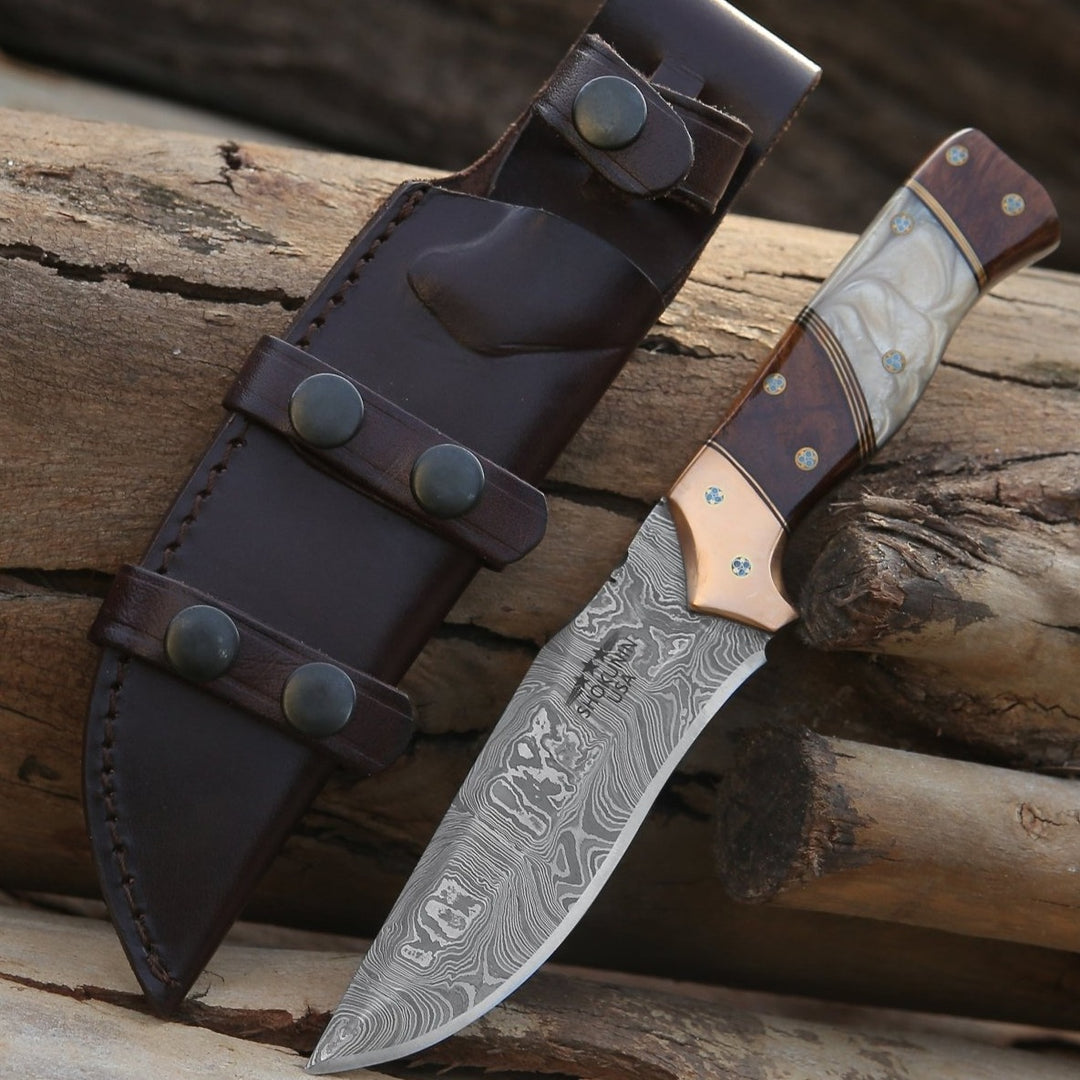
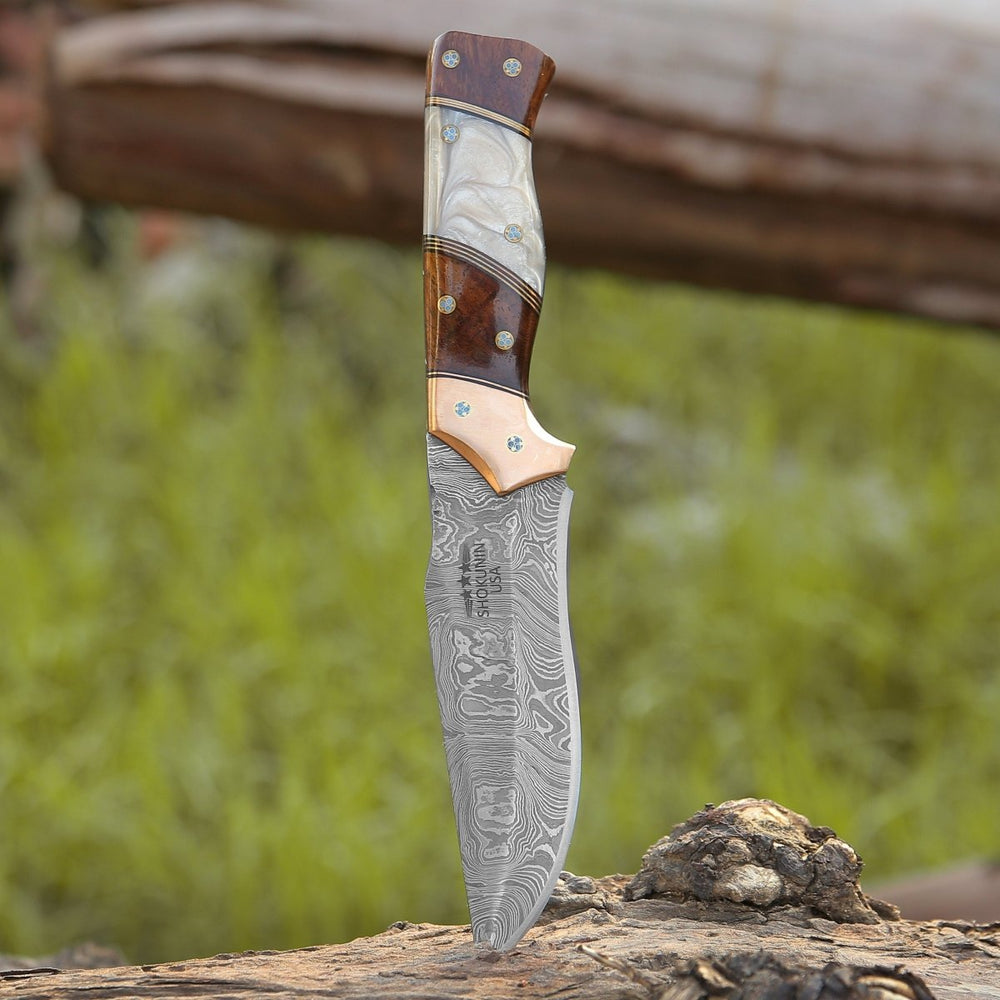
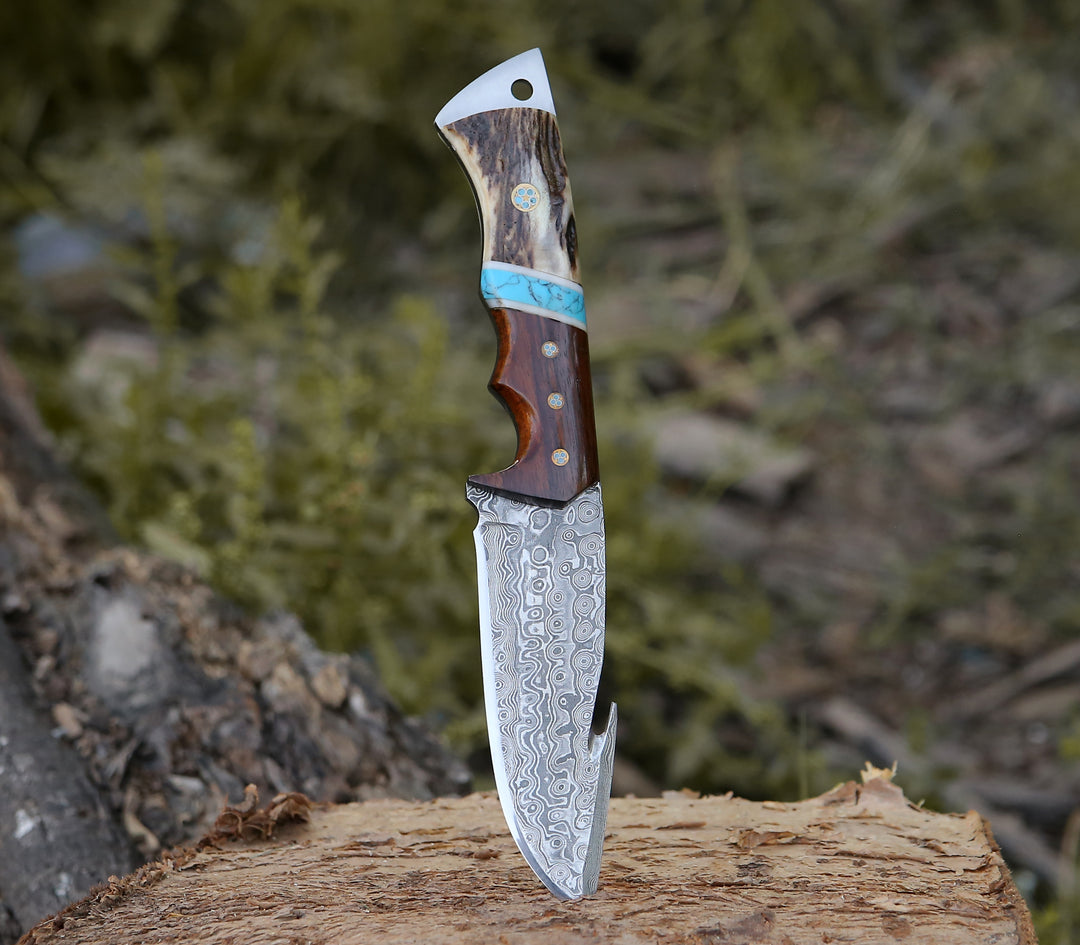
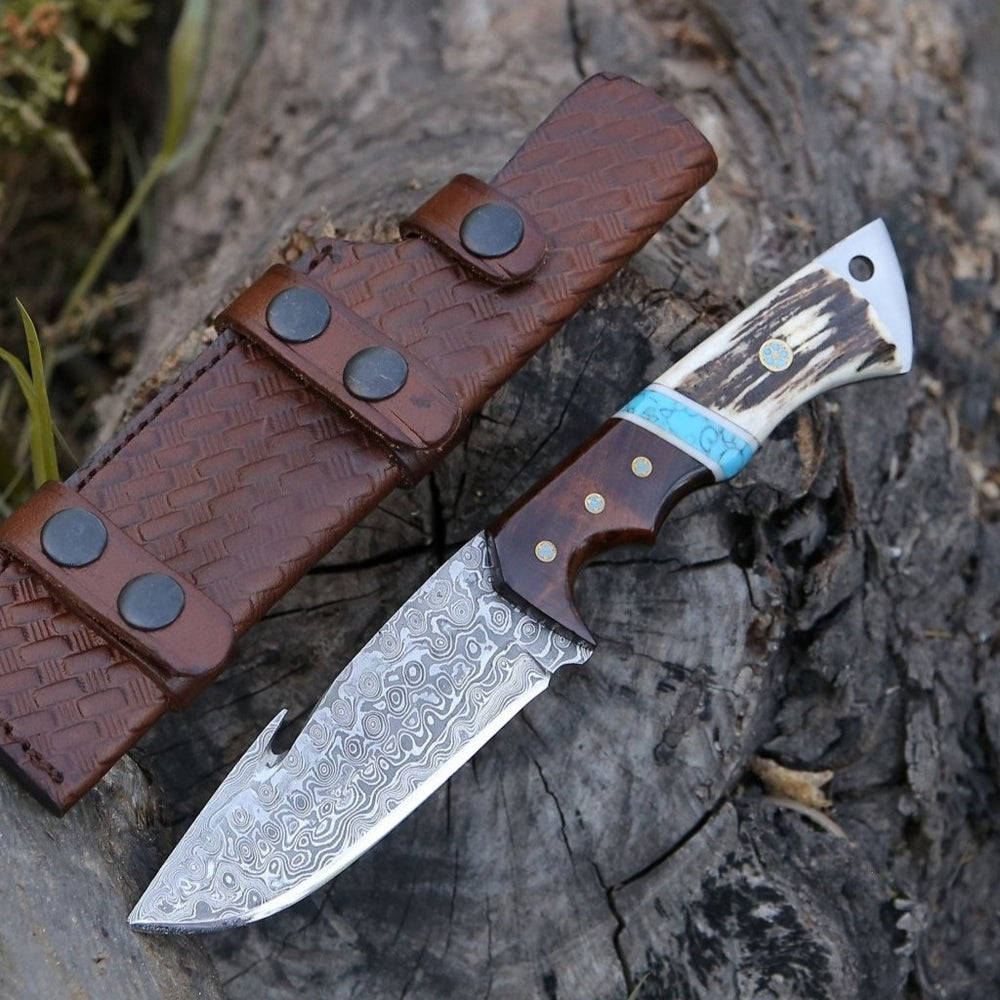
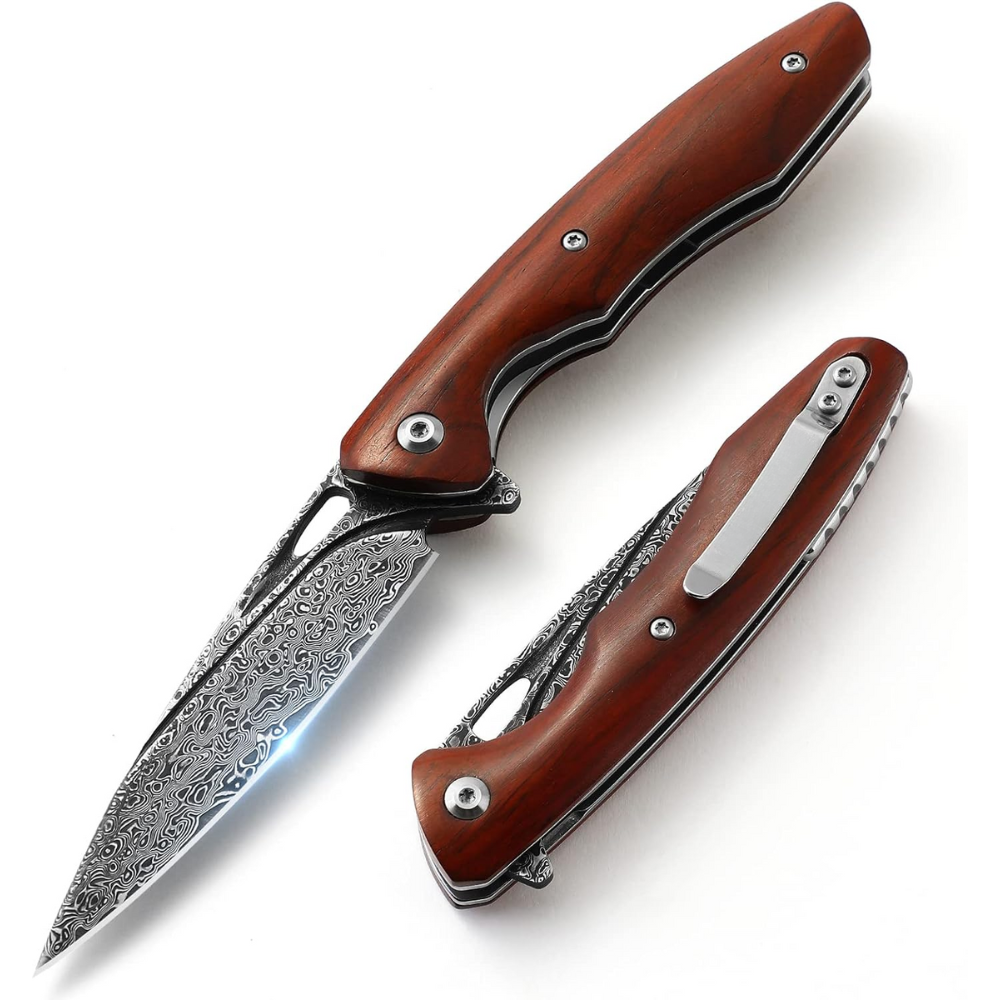

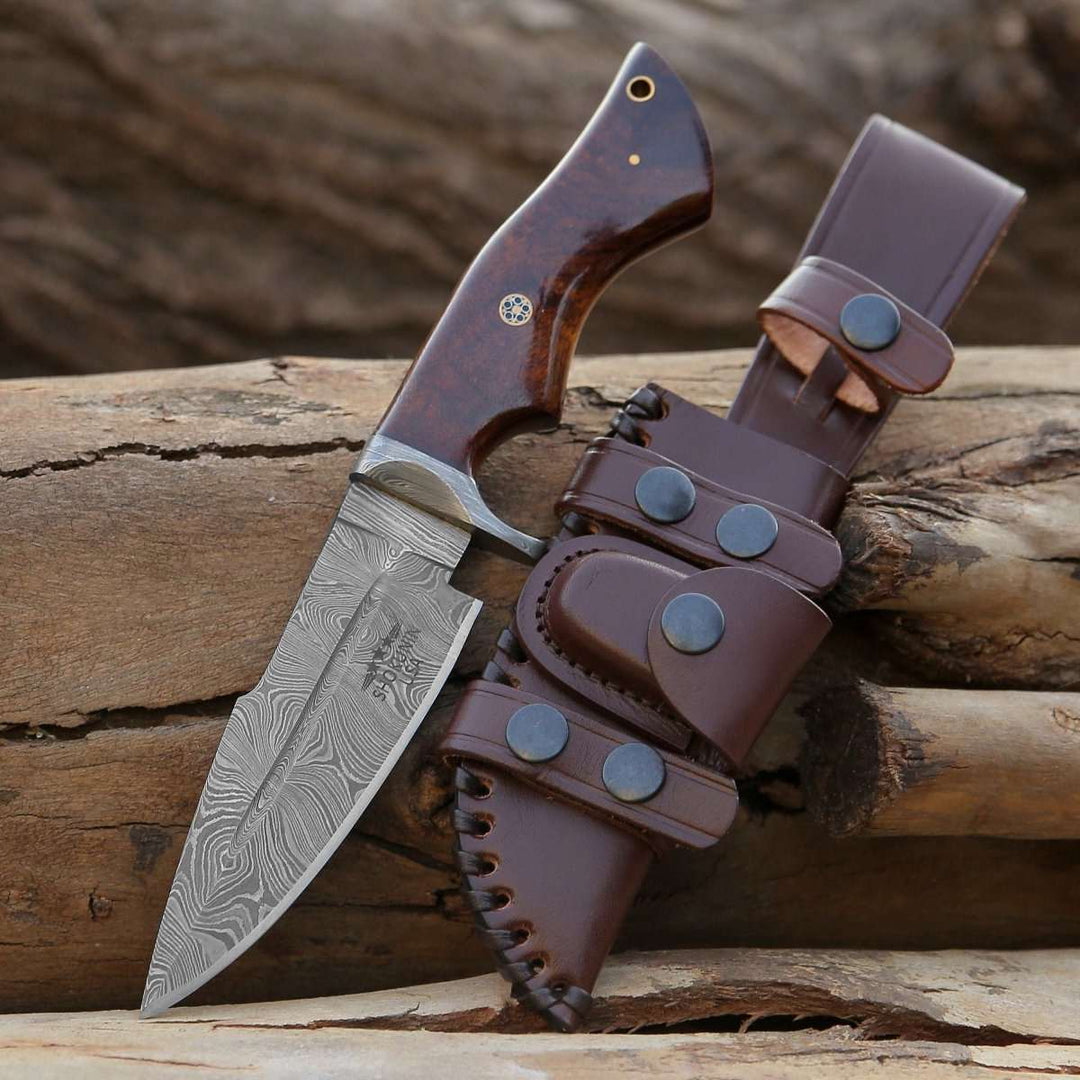
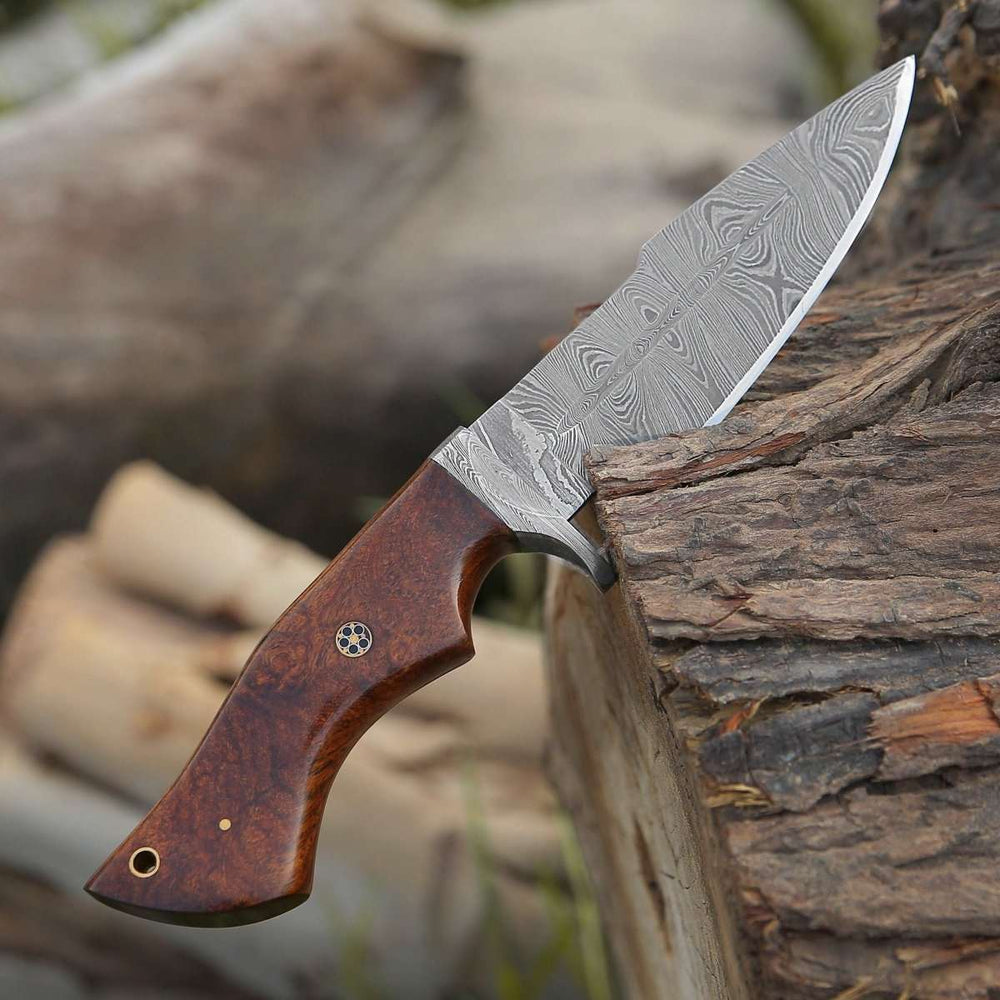
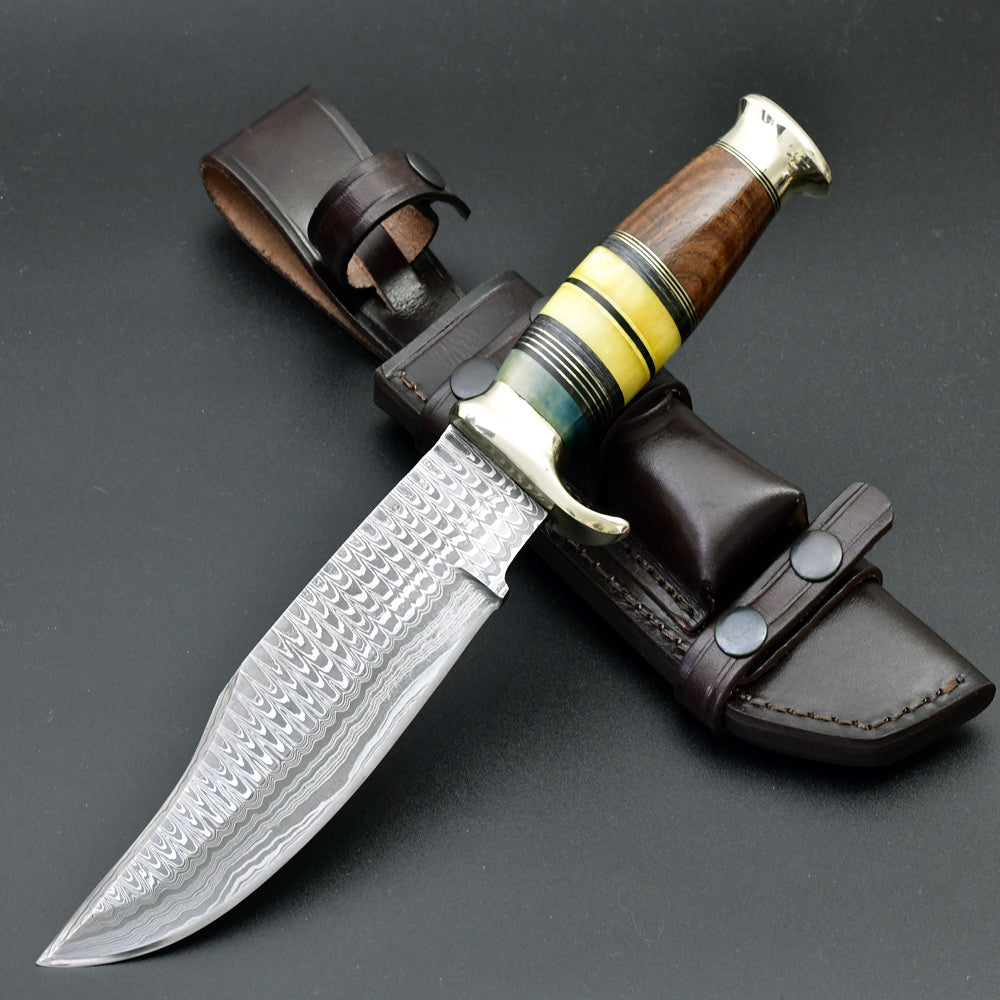
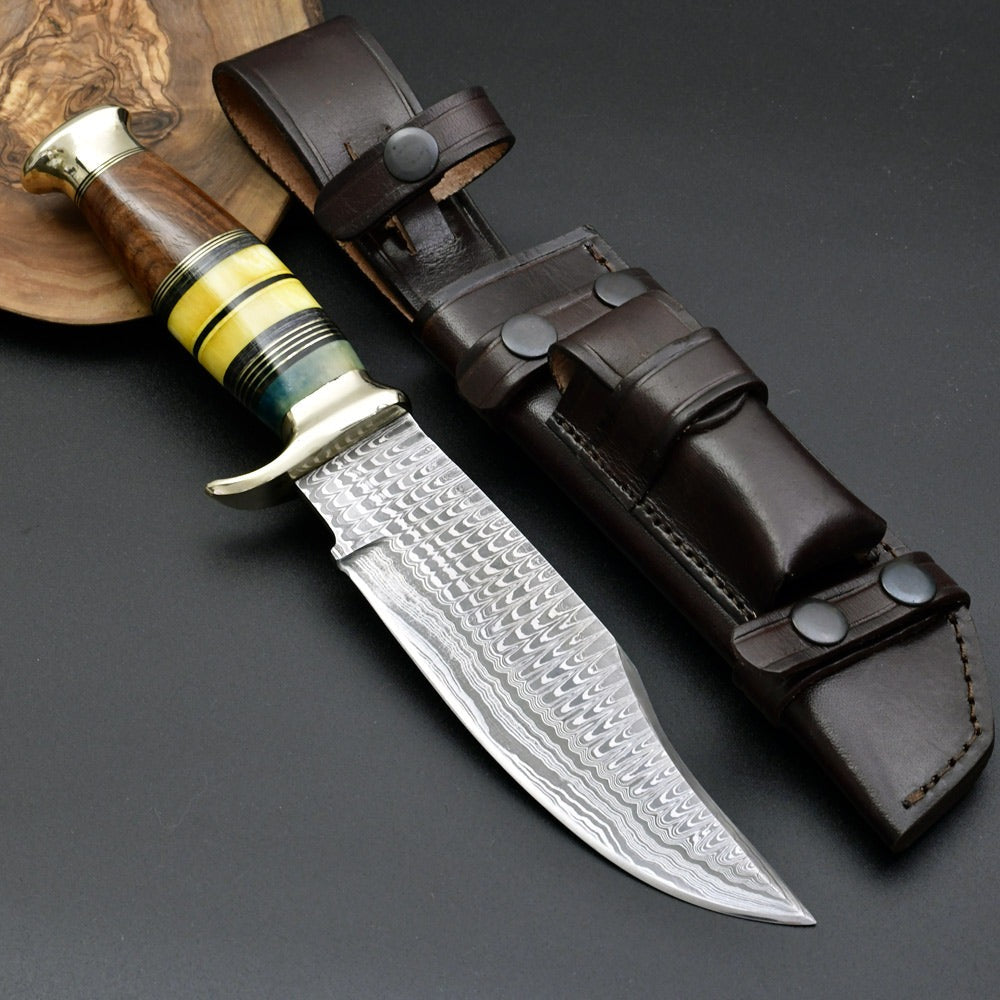
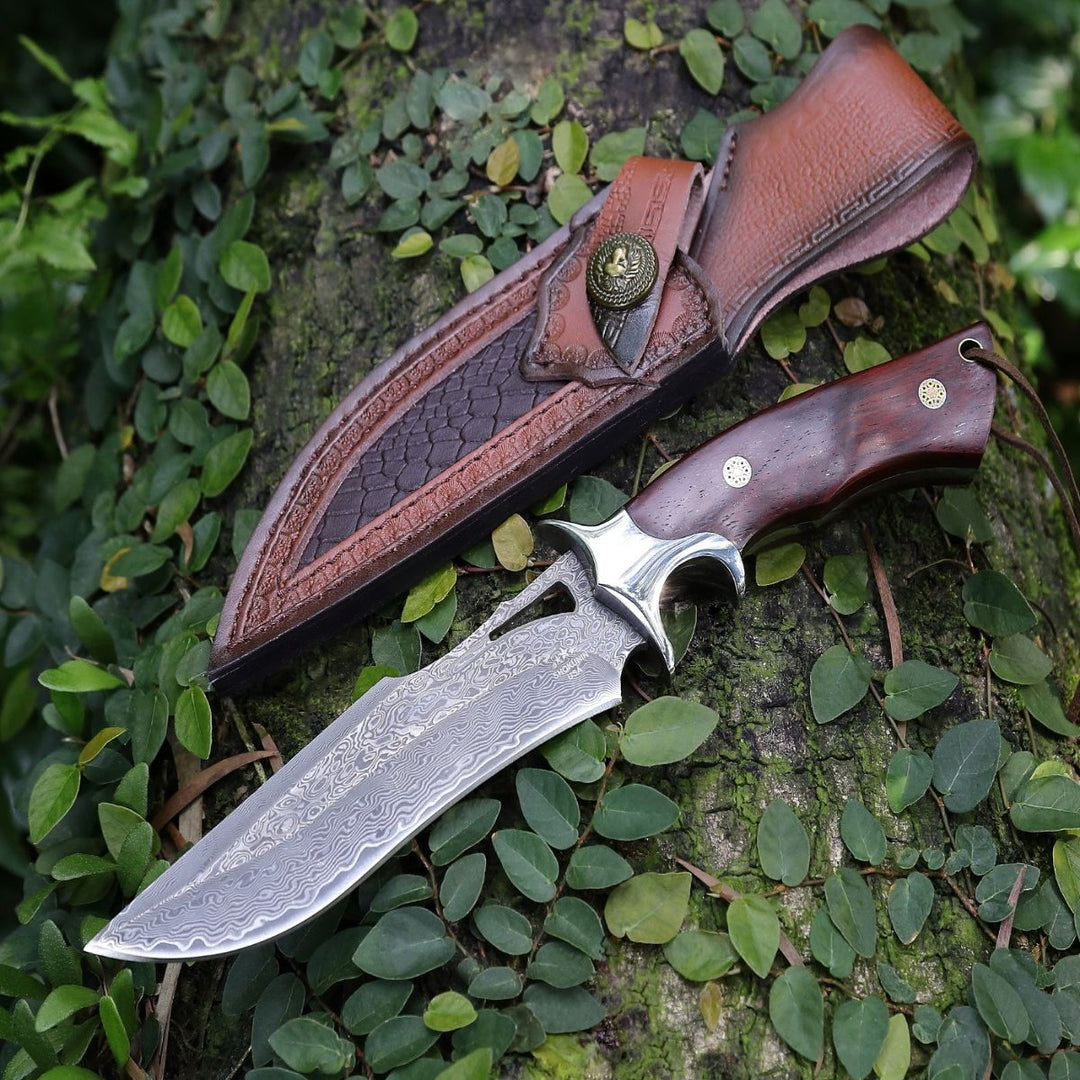
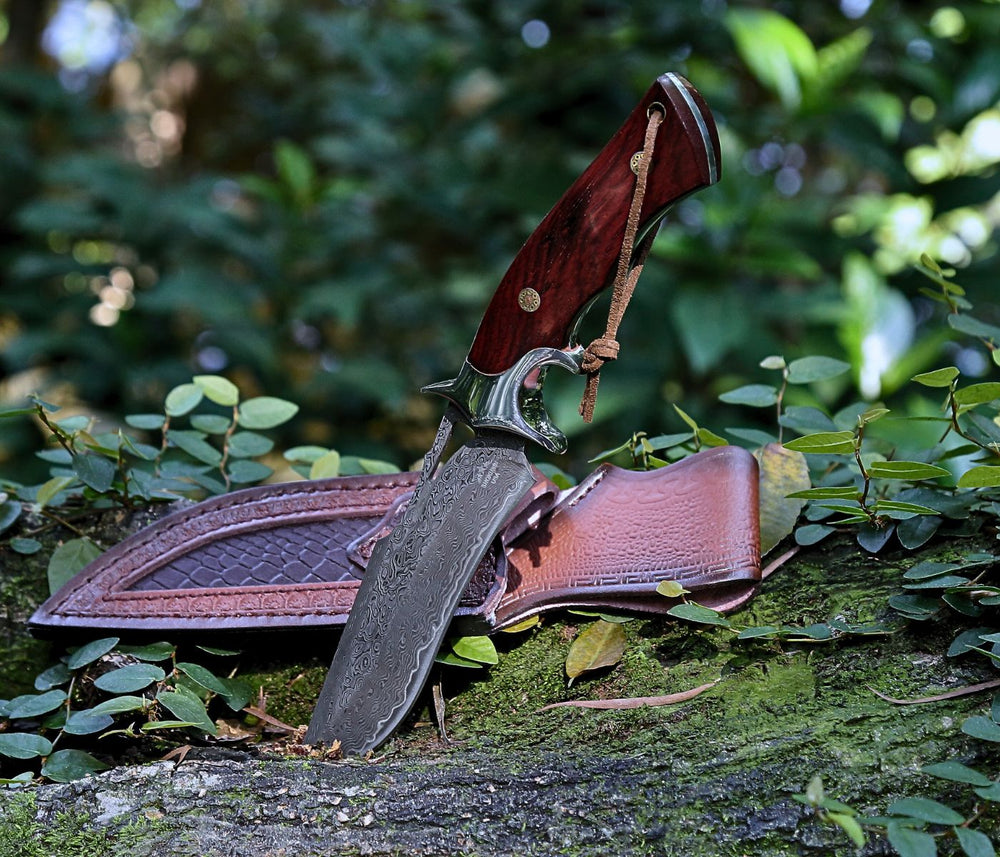
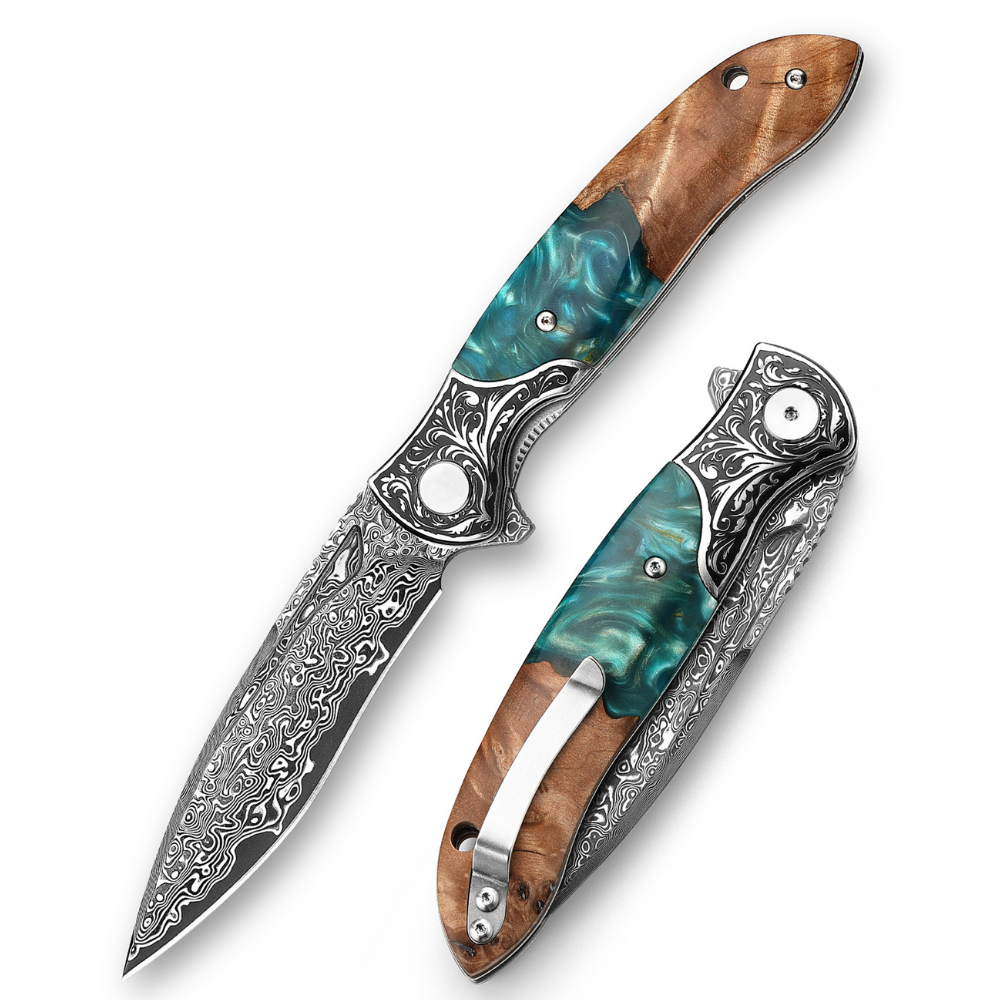
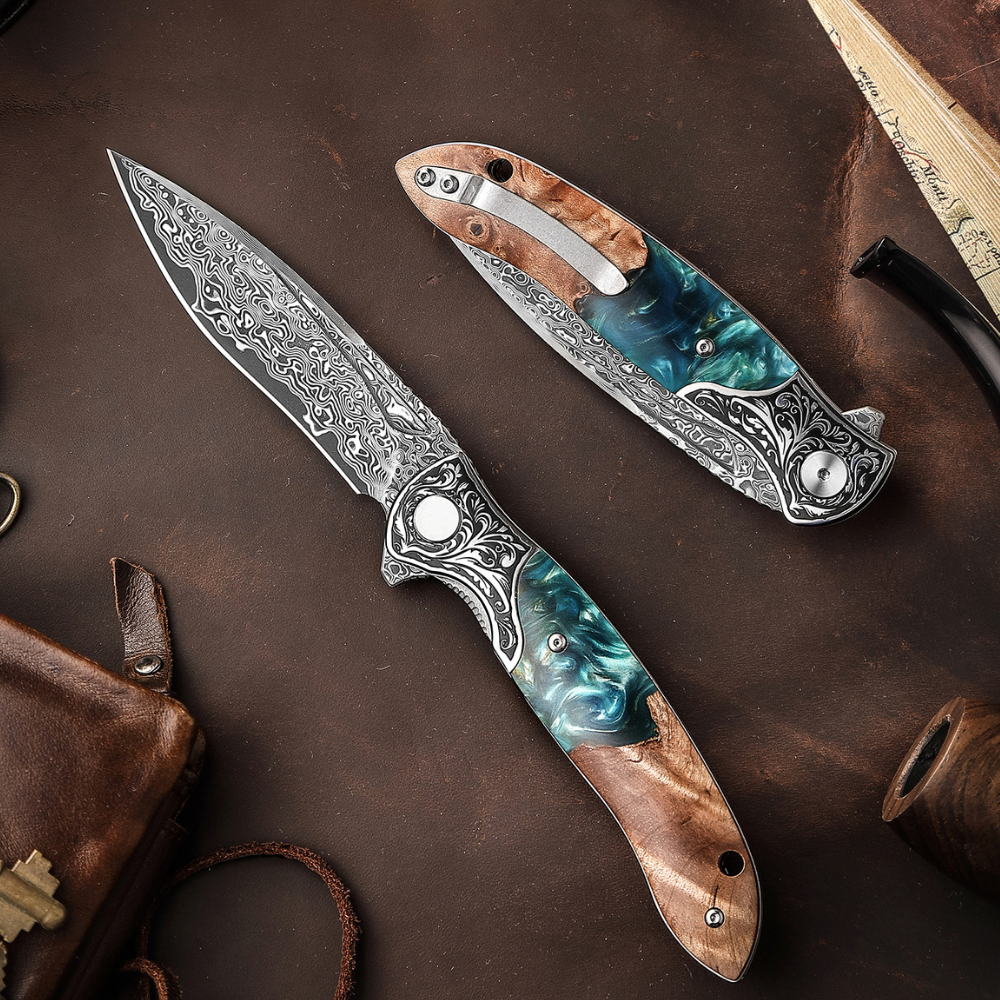
Leave a comment